Basic Materials For Your Next Binding Project
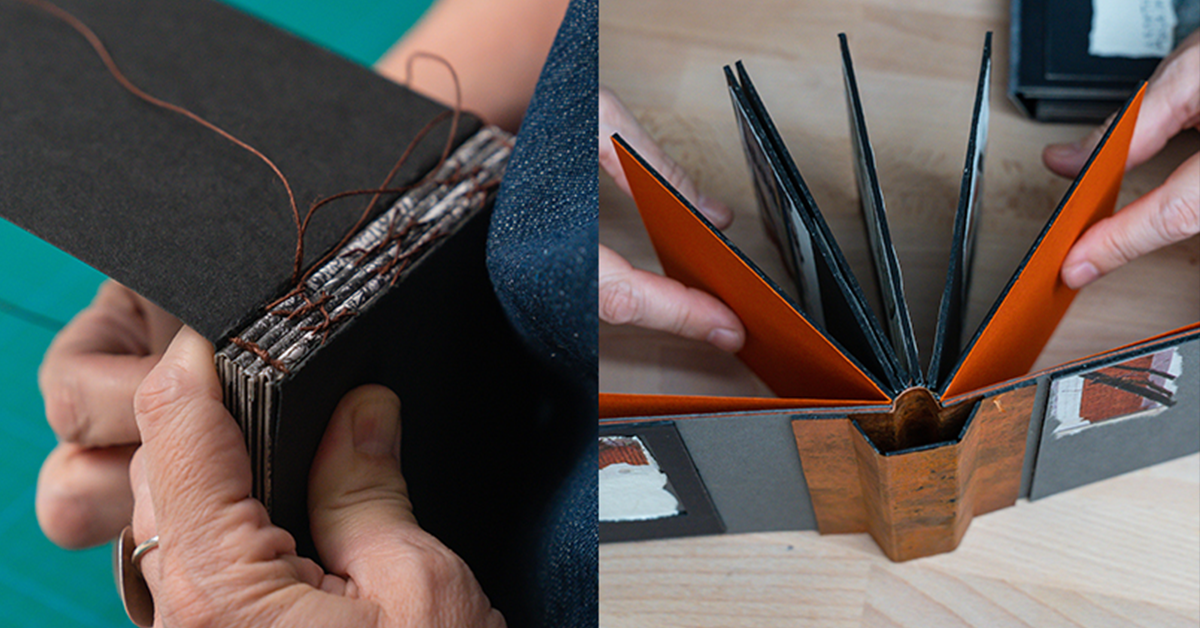
Discover the tools and materials you’ll need to bind without creating any folds
With so many aspects of our lives becoming digitized, we have found a new appreciation for objects that awaken all the senses. Binding is a technique used to create beautiful objects using just our hands. It is a great way to present art and design work, a publishing project, your portfolio, and much more.
In this blog post, Susana Domínguez (@susanadominguez)–who won a national competition for artistic binding in Spain in 2017–shares a list of basic materials you’ll need to bind without creating any folds. Your creation will open up 100% and enable you to present your work without having to worry about losing any loose pages. Let's get to work!
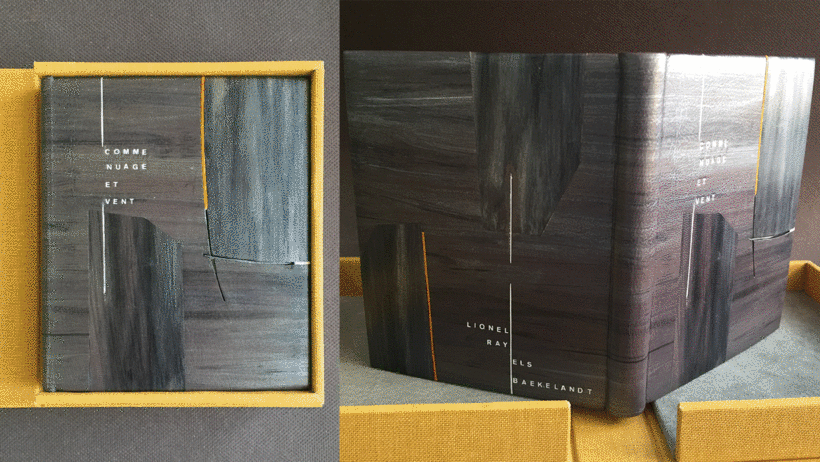
Paper
Remember that you can experiment with materials, textures, and paper weights to create different finishes!
–Rice paper. Susana recommends Wenzhou Chinese paper for calligraphy, a type of rice paper that is very affordable. It is sold in different length tubes. You will need to cut the paper so it is the right size for your project. You can print onto this paper using a typical inkjet home printer (you will later glue these prints to cotton paper).
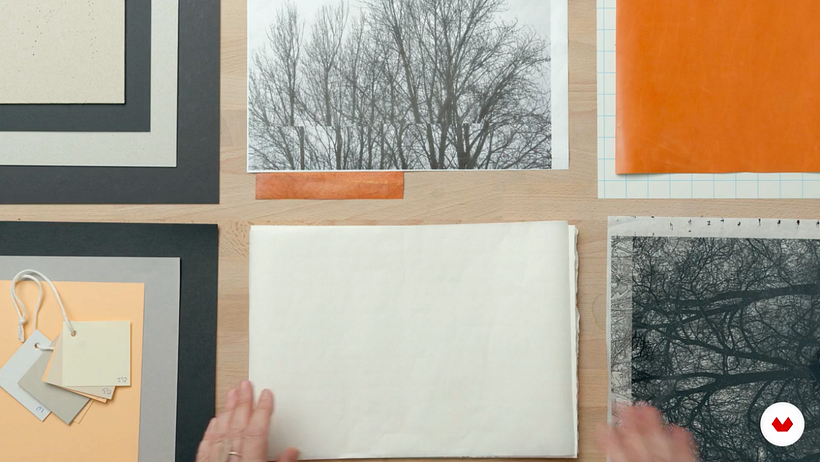
–Cotton paper. Cotton paper is made from used cloth. There is a range of different types being sold by various brands for different prices. Whether you should opt for a more grainy or more smooth texture will depend on each individual project and the images you’ll be incorporating. Velin d'ARCHES is a more expensive option that has a special texture and absorbency rate.
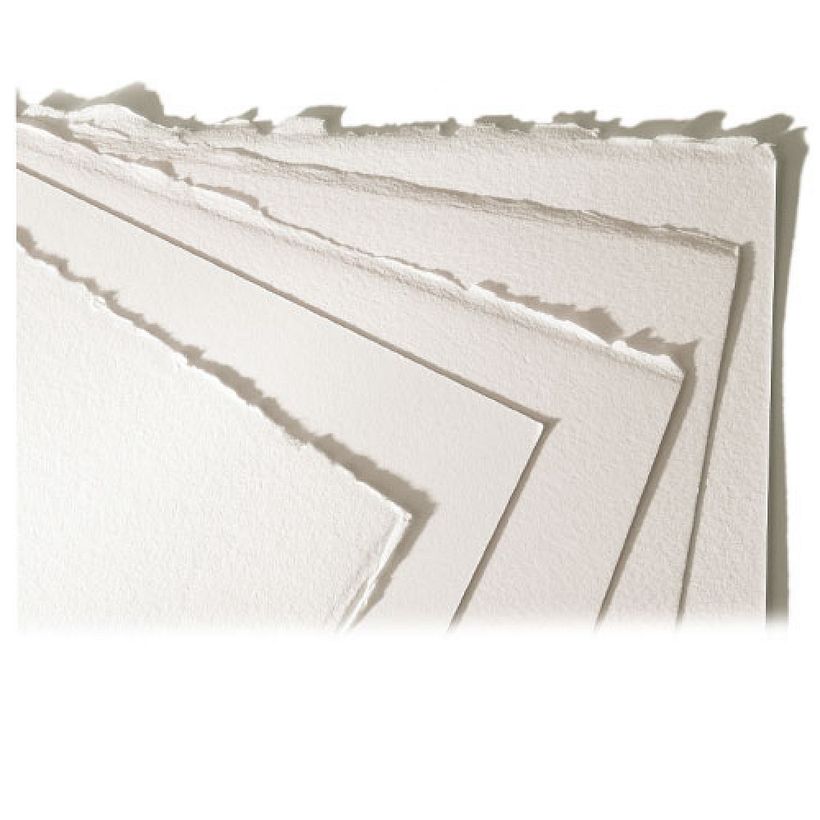
–Tyvek paper. This synthetic, waterproof, and highly resilient material is available in different weights. It will be used for printing, as a covering material, to bind, to create unions and you can also paint onto it.
This material is optional and can be replaced with fabric, of any type of fiber. It just needs to be very thin.
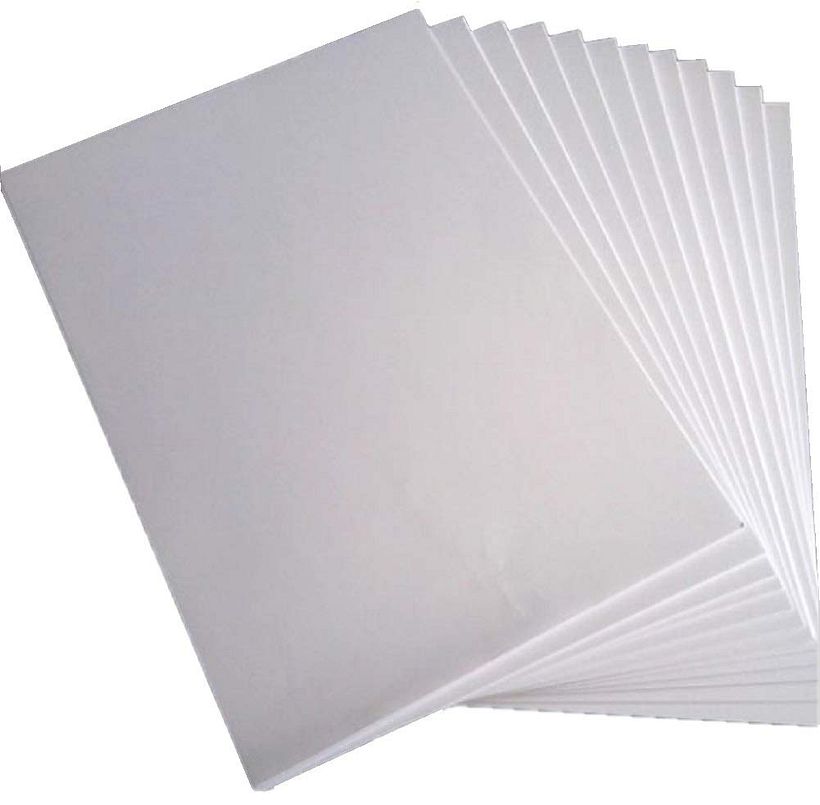
–Onglet paper. This can be used to create unions that are almost invisible (you can also use rice paper). This paper is very resistant and easy to shape, and it works well with adhesive. It is similar to bible paper. Alternatively, you can use rice paper or any other thin but resistant paper.
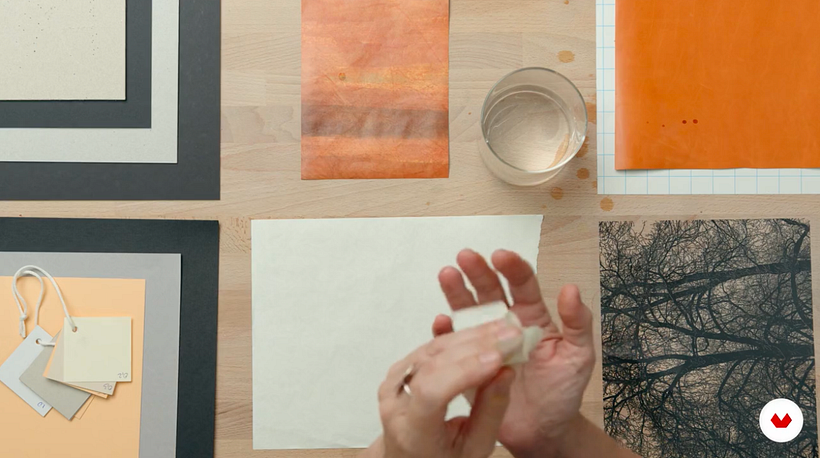
Materials for the cover and body of your binding project
–Card in different colors and textures.
–Different types of card, such as card for illustration or for framing photographs.
–Leather.


Adhesive
The following types of adhesive, some of which are dry and others wet, will be useful for different types of covers.
– Double sided polyester adhesive, neutral acidity.
– Best Test Paper Cement or Rubber Cement.
– White glue or PVA.
– Methylcellulose.
– Scotch tape or any other adhesive tape.
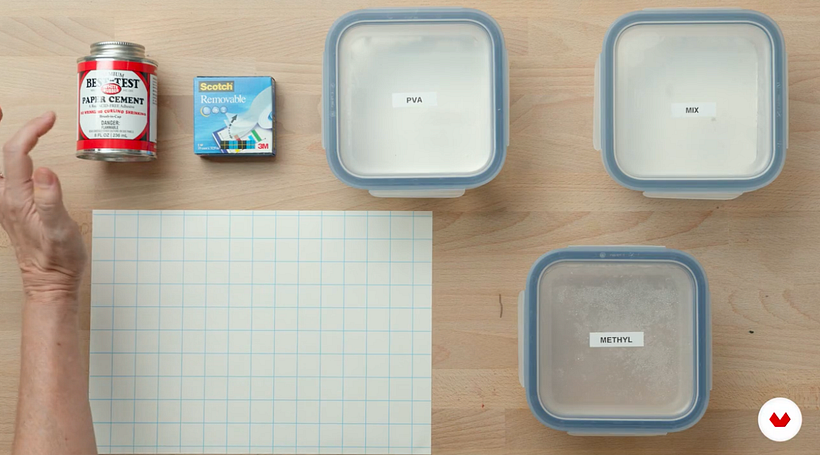
Tools
These tools will come in useful when working with the aforementioned materials.
– Any type of ruler and set square.
– Bone folder for folding paper. These instruments can be made from bone, wood, plastic, and more. Alternatively, you can use any other instrument that helps you to fold the corner of the paper.
– Cutting tools such as a cutter and/or scalpel.
– Cutting board (or any suitable base for cutting).
– Micrometer or thickness gauge. This tool is expensive, however, it allows you to measure a material’s thickness. It’s great if you are looking for precision but it is not essential to have one.
– Awl or needle for making holes.
– Linen thread (very resilient) or cotton thread. Try to find the finest thread you can.
– Sewing needle (suitable for the thickness of your thread).
– A weight to hold your work in place. Susana uses a stone. Use whatever you have at hand!
– Dividers (special for bookbinding, they have two sharp points). Not essential.
– Rods or a plastic strip.
– Brushes for applying adhesives, preferably synthetic. However, you can also use brushes with natural bristles.
– Cotton or synthetic felt for applying dyes.
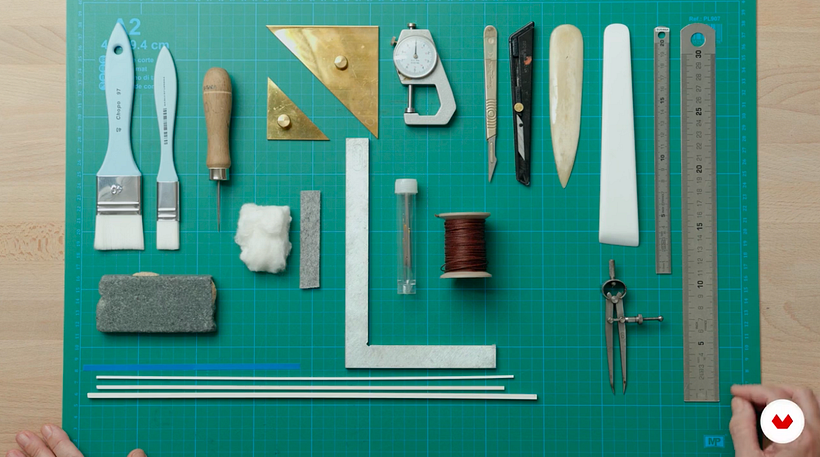
Embark on your own handcrafted binding project with Susana Domínguez, in her course, Bookbinding of Your Artwork without Folds.
English version by @eloise_edgington.
You may also like:
–What Are Scrapbooks and What Are The Different Types?
–20 Craft Artists to Follow in 2021
–5 Courses on How to Become a Floral Designer





0 comments